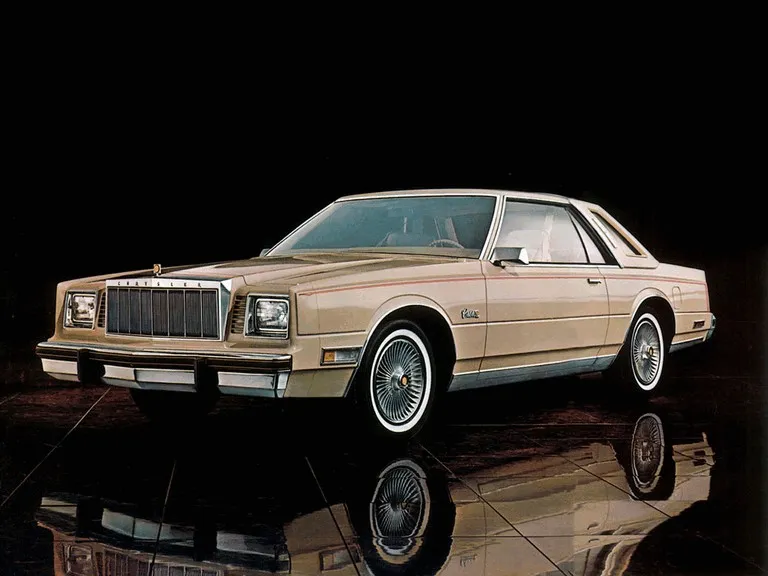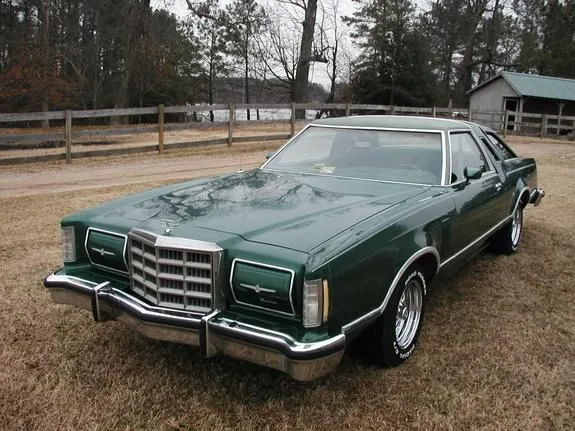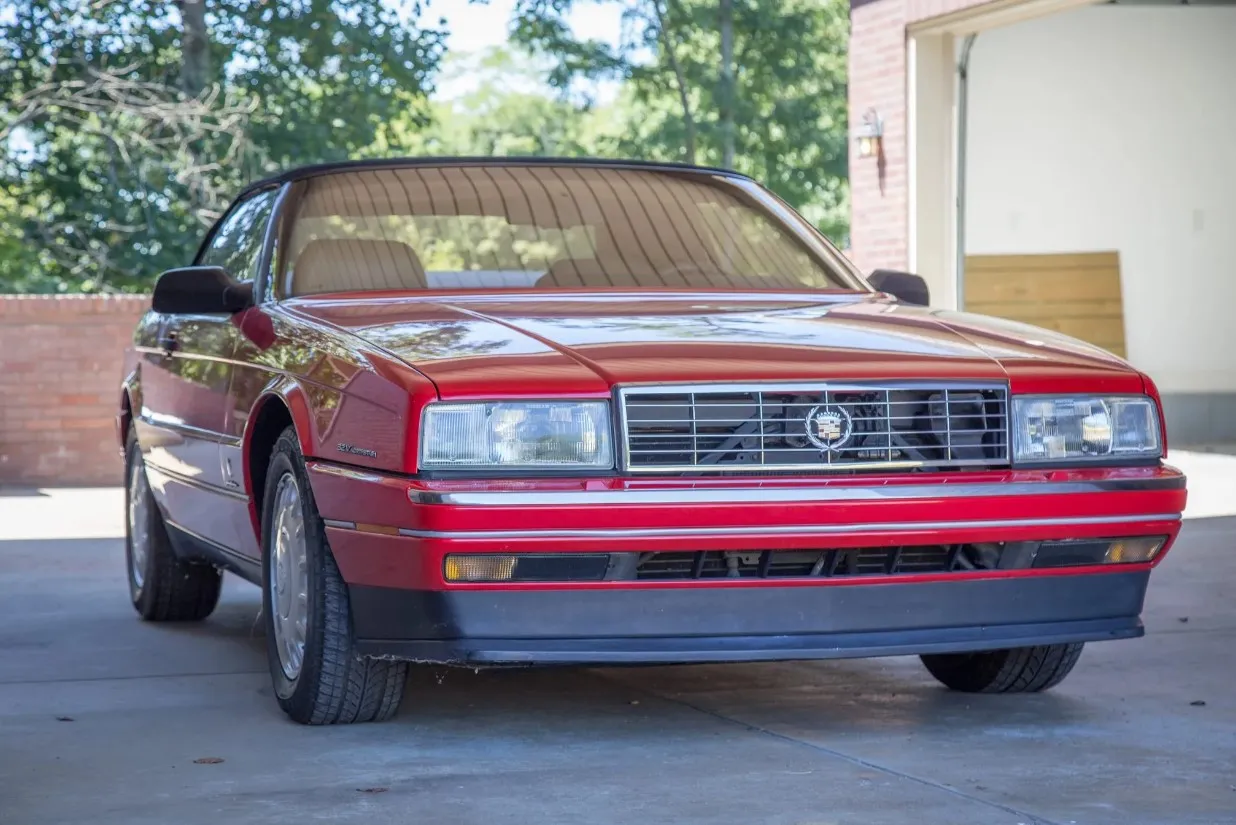In the post-World War II era, the American automotive industry witnessed an explosion of design creativity and innovation. One of the cars that stood out during this period was the 1951 Plymouth Concord. It was a vehicle that not only embodied the spirit of its time but also left an indelible mark on the history of American automobiles. In this article, we will delve into the history, design, and impact of the 1951 Plymouth Concord.
The Origins and History of the Plymouth Concord
Plymouth was established in 1928 as a division of Chrysler Corporation, with the goal of creating affordable yet high-quality vehicles for the average American consumer. The brand quickly gained popularity, becoming one of the best-selling car manufacturers in the United States during the 1930s and 1940s.
The Plymouth Concord was introduced in 1951 as a two-door coupe, designed to provide an affordable and efficient option for American consumers during the post-war period. The Concord was part of Plymouth's P22 series, which also included the more upscale Cambridge and Cranbrook models. The P22 series represented Plymouth's first major redesign since the end of World War II, marking a new era for the automaker.
Design and Styling of the 1951 Plymouth Concord
The 1951 Plymouth Concord showcased a simple yet elegant design that reflected the post-war sensibilities of the American car market. The car featured a rounded, aerodynamic body, with modest rear fender skirts and a distinctive "fastback" roofline. The front of the car was adorned with a modest chrome grille and Plymouth's signature "Mayflower" emblem, a nod to the brand's heritage and the famous ship that brought the Pilgrims to America.
Exterior Design
The exterior design of the 1951 Plymouth Concord was characterized by its rounded, aerodynamic body, which was a departure from the more angular shapes of pre-war automobiles. The car's smooth curves and streamlined profile provided a sense of motion and speed, even when stationary. The Concord's design was also influenced by the "fastback" style that was gaining popularity during the early 1950s. This design element featured a sloping roofline that extended seamlessly down to the rear of the vehicle, giving the car a cohesive and sleek appearance.
The front of the 1951 Concord was adorned with a modest chrome grille, which was a common design element in cars of that era. The grille was flanked by round headlights, adding to the car's overall sense of balance and symmetry. Plymouth's signature "Mayflower" emblem was prominently displayed on the front of the vehicle, paying homage to the brand's heritage and the famous ship that brought the Pilgrims to America.
Rear fender skirts were another notable design feature of the 1951 Plymouth Concord. These skirts partially covered the rear wheels, giving the car a more streamlined appearance and contributing to its overall aerodynamic profile.
Interior Design
The interior of the 1951 Plymouth Concord was designed with practicality and comfort in mind. The car's seats were upholstered in durable materials, ensuring a comfortable ride and long-lasting durability. The front bench seat provided ample space for the driver and front passenger, while the rear bench seat could accommodate up to three additional passengers.
The dashboard of the 1951 Concord was designed with a focus on functionality and ease of use. The horizontal speedometer was easy to read, and the placement of other gauges and controls within the driver's reach contributed to a straightforward and user-friendly driving experience. The dashboard also featured a radio and an ashtray, both of which were considered standard amenities during this time period.
The overall interior design of the 1951 Plymouth Concord was relatively modest, reflecting the car's focus on affordability and practicality. However, the interior's simplicity also contributed to its timeless appeal, making it an attractive option for drivers seeking a no-frills, dependable vehicle during the post-war era.
Performance and Engine Specifications of the 1951 Plymouth Concord
The 1951 Plymouth Concord was powered by a 3.6-liter inline-six engine, also known as the "L-head" due to its flathead design. This engine produced 97 horsepower and 175 lb-ft of torque, providing the Concord with capable performance for its time. The car's engine was paired with a three-speed manual transmission, which utilized a column-mounted shifter known as "three on the tree."
While the Concord's performance capabilities were not groundbreaking, its focus on efficiency and reliability made it an attractive option for many consumers during the early 1950s. The car's engine was known for its durability and ease of maintenance, making it a practical choice for everyday driving.
The Role of the 1951 Plymouth Concord in the American Automotive Market
The 1951 Plymouth Concord played an interesting role in the American automotive market during the early post-war period. As one of the first new designs introduced by Plymouth after World War II, the Concord served as a bridge between the pre-war and post-war eras of American car manufacturing. The car's simple, efficient design appealed to consumers who were looking for reliable transportation during a time of economic prosperity and growth.
The Concord also represented an important shift in car marketing strategies, as automakers began to focus on offering consumers a wider range of models and options to suit their individual needs and preferences. With the introduction of the P22 series, which included the Concord, Cambridge, and Cranbrook models, Plymouth was able to provide a diverse lineup of vehicles to cater to the varying tastes and budgets of post-war American car buyers.
Legacy and Impact of the 1951 Plymouth Concord
While the 1951 Plymouth Concord may not be as widely remembered as some of its contemporaries, such as the Chevrolet Bel Air or Ford Custom, it nonetheless played a crucial role in shaping the landscape of the post-war American automotive industry. The car's simple, practical design and focus on affordability and efficiency set the stage for the evolution of the American family car throughout the 1950s and beyond.
The Concord's legacy can also be seen in the broader context of Plymouth's history as a pioneering automaker. The brand's focus on producing high-quality, affordable vehicles for the average American consumer helped to establish Plymouth as a formidable force in the U.S. automotive market, paving the way for future innovations and successes.
Collectibility and Value of the 1951 Plymouth Concord
As a relatively rare and lesser-known classic car, the 1951 Plymouth Concord holds a unique appeal for collectors and automotive enthusiasts. The car's modest production numbers and its place within the broader context of Plymouth's history make it an intriguing find for those interested in classic American cars from the post-war era.
The value ofa 1951 Plymouth Concord can vary greatly depending on factors such as the car's condition, rarity of specific features, and whether it has been restored or maintained in original condition. In general, well-preserved examples of the Concord can command prices ranging from $10,000 to $25,000, while fully restored models may fetch even higher amounts. Of course, these values can fluctuate based on market trends and the specific desires of individual collectors.
The 1951 Plymouth Concord stands as a testament to the evolving landscape of the American automotive industry during the post-World War II era. Its simple yet elegant design, focus on affordability and efficiency, and place within Plymouth's broader history make it an intriguing and important piece of American automotive heritage. Although perhaps not as widely recognized as some of its contemporaries, the Concord's role in shaping the post-war American car market cannot be underestimated, and for collectors and enthusiasts alike, it remains a fascinating and worthwhile subject of interest.



